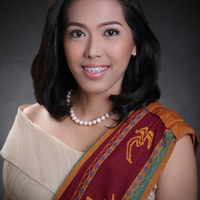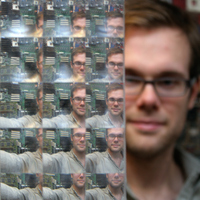José Julián Gómez Salazar - Profile on Academia.edu (original) (raw)

Related Authors
Uploads
Papers by José Julián Gómez Salazar
Mark Weiser was the chief technology officer at Xerox's Palo Alto Research Center (Parc). He is o... more Mark Weiser was the chief technology officer at Xerox's Palo Alto Research Center (Parc). He is often referred to as the father of ubiquitous computing. He coined the term in 1988 to describe a future in which invisible computers, embedded in everyday objects, replace PCs. Other research interests included garbage collection, operating systems, and user interface design. He received his MA and PhD in computer and communication science at the University of Michigan, Ann Arbor. After completing his PhD, he joined the computer science department at the University of Maryland, College Park, where he taught for 12 years. He wrote or cowrote over 75 technical publications on such subjects as the psychology of programming, program slicing, operating systems, programming environments, garbage collection, and technological ethics. He was a member of the ACM, IEEE Computer Images not reprinted. Some were omitted and others reproduced. JANUARY-MARCH 2002 PERVASIVE computing 25 By pushing computers into the background, embodied virtuality will make individuals more aware of the people on the other ends of their computer links.
Mark Weiser was the chief technology officer at Xerox's Palo Alto Research Center (Parc). He is o... more Mark Weiser was the chief technology officer at Xerox's Palo Alto Research Center (Parc). He is often referred to as the father of ubiquitous computing. He coined the term in 1988 to describe a future in which invisible computers, embedded in everyday objects, replace PCs. Other research interests included garbage collection, operating systems, and user interface design. He received his MA and PhD in computer and communication science at the University of Michigan, Ann Arbor. After completing his PhD, he joined the computer science department at the University of Maryland, College Park, where he taught for 12 years. He wrote or cowrote over 75 technical publications on such subjects as the psychology of programming, program slicing, operating systems, programming environments, garbage collection, and technological ethics. He was a member of the ACM, IEEE Computer Images not reprinted. Some were omitted and others reproduced. JANUARY-MARCH 2002 PERVASIVE computing 25 By pushing computers into the background, embodied virtuality will make individuals more aware of the people on the other ends of their computer links.





